
浙江宁波
 简介
简介
浙江宁波老年大学 Ningbo U3A, Zhejiang
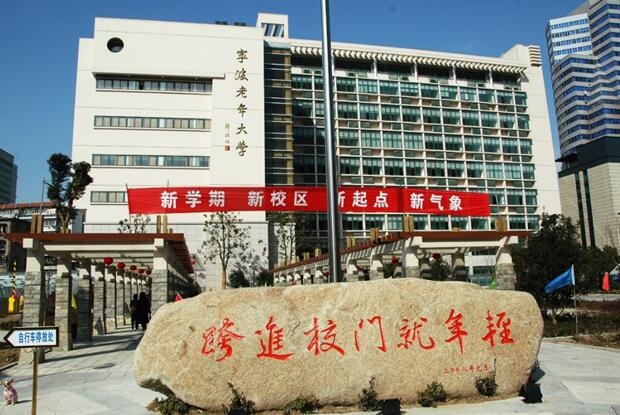

1.宁波老年大学简介
宁波老年大学走过了33年的历史征程,足迹深深、硕果累累。从1985年“借名建校”、“借地办学”、仅有142名学员的一个综合班,到今天,已经具有了83个专业,117门课程,273个班级,招生人数达12118名,初步建成了一所规模大、专业全、层次多、富有鲜明地方特色的规范化老年大学,走出了一条与时俱进、充满活力的办学路子,跻身于全国先进老年大学之列,成为港城宁波老年人一心向往的求知学园、健康乐园、温馨家园,是陶冶情操、美化心灵、提升境界、服务社会的培养现代老人的长者学府。宁波老年大学,这是一片漾溢活力充满温馨的校园。这里,为港城宁波的现代化建设吹送缕缕春风,折射文明时尚,彰显时代魅力。学校的“三特”,则是宁波老年大学办学特色的最真实写照和最形象诠释。
宁波老年大学以“跨进校门就年轻”的精神特质、“以老年人为本”的教学特色、以“创新校园文化实践,实现文化育人功能”的校园文化建设特点不断锐意进取,开拓老年教育的新天地。
Brief Introduction to Ningbo U3A
Ningbo U3A has gone through 33 years’ historic journey with deep footprints and abundant accomplishments. It started with “to build a school by name” and “to run a school with borrowed land” in 1985, with only 142 students and one integrated class. Up to now, it already has 83 professions, 117 courses and 273 classes and the number of students has reached 12,118. It has preliminary become a large scale standardized U3A with full-scale professions, multi-levels and rich distinctive local characteristics. The school is running in a way keeping pace with the times and full of vigor. And it is listed in advanced national U3As, becoming a knowledge learning garden, health paradise and warm home yearned by elderly people in the harbor city of Ningbo as well as an elderly school to edify the sentiment, purify the mind, enhance the realm, serve the society and cultivate modern senior citizens. Ningbo U3A is a campus full of vigor and warmth. It blows wisps of spring breezes here for the construction of Ningbo’s modernization, refracting civilization and fashion and highlighting the charm of the times. The “three characteristics” is the most authentic portrayal and most vivid interpretation of Ningbo U3A’s running features.
Ningbo U3A constantly forges ahead to open up a new world for the old-age education with its spiritual trait of “when you get to the school, you are young”, teaching characteristics of “the elderly oriented” and campus culture construction characteristics of “innovating the practice of campus culture and realizing the function of educating people”.
2.宁波老年大学特色游学内容展示
(1)天一阁博物馆
天一阁博物馆是宁波的名片,1982年被国务院公布为全国重点文物保护单位,现为国家AAAA级旅游景区。
天一阁明朝时期建立,距今已有430多年的历史,是以藏书文化为特色,融社会历史、艺术于一体的综合性博物馆,是中国现存最早的私家藏书楼,也是亚洲现有最古老的图书馆和世界最早的三大家族图书馆之一。
宁波老年大学走过了33年的历史征程,足迹深深、硕果累累。从1985年“借名建校”、“借地办学”、仅有142名学员的一个综合班,到今天,已经具有了83个专业,117门课程,273个班级,招生人数达12118名,初步建成了一所规模大、专业全、层次多、富有鲜明地方特色的规范化老年大学,走出了一条与时俱进、充满活力的办学路子,跻身于全国先进老年大学之列,成为港城宁波老年人一心向往的求知学园、健康乐园、温馨家园,是陶冶情操、美化心灵、提升境界、服务社会的培养现代老人的长者学府。宁波老年大学,这是一片漾溢活力充满温馨的校园。这里,为港城宁波的现代化建设吹送缕缕春风,折射文明时尚,彰显时代魅力。学校的“三特”,则是宁波老年大学办学特色的最真实写照和最形象诠释。
宁波老年大学以“跨进校门就年轻”的精神特质、“以老年人为本”的教学特色、以“创新校园文化实践,实现文化育人功能”的校园文化建设特点不断锐意进取,开拓老年教育的新天地。
Brief Introduction to Ningbo U3A
Ningbo U3A has gone through 33 years’ historic journey with deep footprints and abundant accomplishments. It started with “to build a school by name” and “to run a school with borrowed land” in 1985, with only 142 students and one integrated class. Up to now, it already has 83 professions, 117 courses and 273 classes and the number of students has reached 12,118. It has preliminary become a large scale standardized U3A with full-scale professions, multi-levels and rich distinctive local characteristics. The school is running in a way keeping pace with the times and full of vigor. And it is listed in advanced national U3As, becoming a knowledge learning garden, health paradise and warm home yearned by elderly people in the harbor city of Ningbo as well as an elderly school to edify the sentiment, purify the mind, enhance the realm, serve the society and cultivate modern senior citizens. Ningbo U3A is a campus full of vigor and warmth. It blows wisps of spring breezes here for the construction of Ningbo’s modernization, refracting civilization and fashion and highlighting the charm of the times. The “three characteristics” is the most authentic portrayal and most vivid interpretation of Ningbo U3A’s running features.
Ningbo U3A constantly forges ahead to open up a new world for the old-age education with its spiritual trait of “when you get to the school, you are young”, teaching characteristics of “the elderly oriented” and campus culture construction characteristics of “innovating the practice of campus culture and realizing the function of educating people”.
2.宁波老年大学特色游学内容展示
(1)天一阁博物馆
天一阁博物馆是宁波的名片,1982年被国务院公布为全国重点文物保护单位,现为国家AAAA级旅游景区。
天一阁明朝时期建立,距今已有430多年的历史,是以藏书文化为特色,融社会历史、艺术于一体的综合性博物馆,是中国现存最早的私家藏书楼,也是亚洲现有最古老的图书馆和世界最早的三大家族图书馆之一。
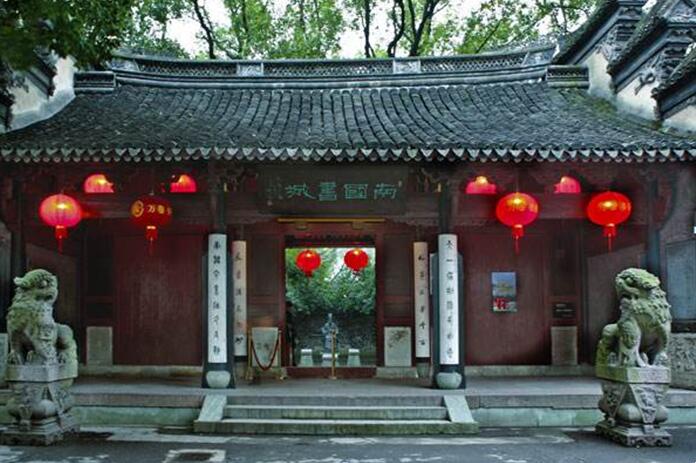
(2)四明山革命根据地
“一寸江河一寸血,一寸国土一寸金”, 四明山革命根据地坐落在浙江省宁波市西部,这里曾是我国十九个革命根据地之一,也是中国南方七大游击战区之一。在抗日战争期间,这里的人民用血、用生命捍卫了中华民族的尊严。
为纪念在1943年新四军浙东游击队挺进梁弄时牺牲的800余名烈士,经政府批示于1973年11月兴建四明山烈士陵园和革命烈士纪念碑。纪念碑建在一个小山上,碑高18.5米,碑前有上下台阶,共五层219级,往上仰视,其碑高耸云际,气势雄伟。
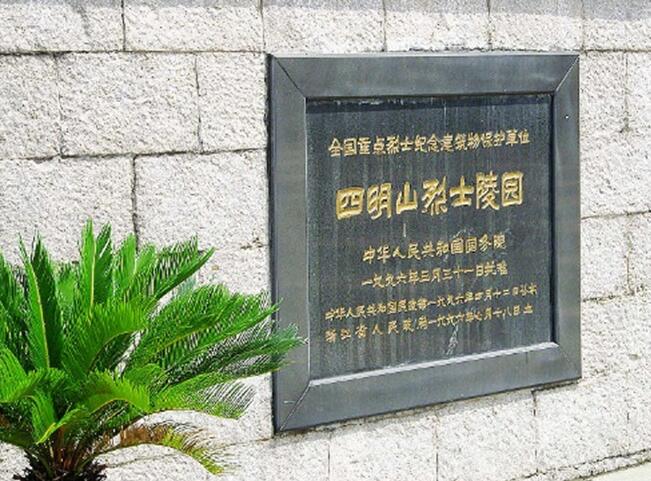
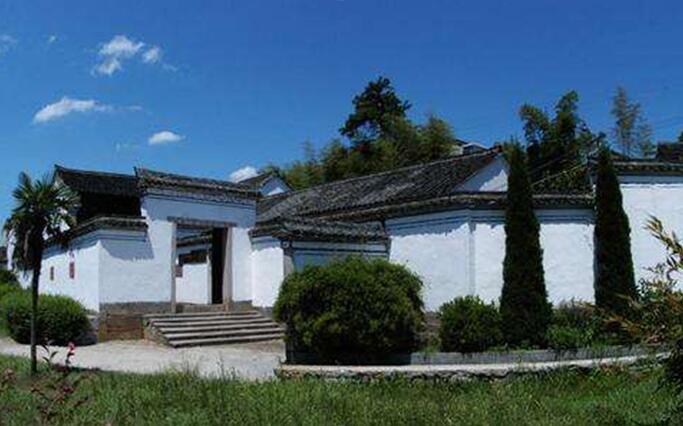
(3)镇海招宝山风景区
招宝山风景区位于宁波市镇海城区东北角,南频甬江,北临东海,与金鸡山隔江对峙,地理位置十分险要,历来为兵家必争之地,素有“浙东玉门关”之称。
招宝山风景区有着千年的人文积淀,是一个集海天风光的自然景观、底蕴深厚的海防文化、源远流长的佛教文化于一体的国家级旅游风景区,被列为宁波市十大风景游览区之一。
招宝山风景区位于宁波市镇海城区东北角,南频甬江,北临东海,与金鸡山隔江对峙,地理位置十分险要,历来为兵家必争之地,素有“浙东玉门关”之称。
招宝山风景区有着千年的人文积淀,是一个集海天风光的自然景观、底蕴深厚的海防文化、源远流长的佛教文化于一体的国家级旅游风景区,被列为宁波市十大风景游览区之一。
(4)溪口雪窦山风景区(蒋氏父子的故里)
溪口是中国近代历史人物蒋介石、蒋经国父子的故乡,具有特殊的历史地位,为海内外人士所瞩目。
这里群山环翠,剡溪横贯,山光水色,清秀幽胜。唐宋八大家之一的苏轼赋诗赞日:“高怀却有云门关,好句争传雪窦风。”现代著名地理学家张其昀称雪窦山“兼有天台山雄伟,雁荡山奇秀,天目山苍润”。
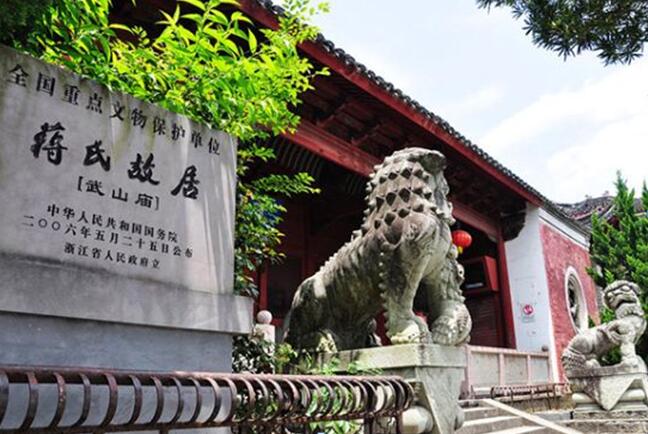
(5)梁祝文化园
《梁山泊与祝英台》是我国著名四大民间爱情传说之一,而小提琴协奏曲《梁祝》更使这个故事风靡全世界。
翘角的梁山伯庙,由门楼、正殿、后殿组成。庙内塑有梁山伯坐像,峨冠博带,神采飞扬。祝英台坐像在右侧,着凤冠霞帔,一副江南女子的恬静神态。后殿为梁祝寝宫,内置朱木床。宫后为梁祝坟墓,双墓双碑,又称为“蝴蝶碑墓”。
《梁山泊与祝英台》是我国著名四大民间爱情传说之一,而小提琴协奏曲《梁祝》更使这个故事风靡全世界。
翘角的梁山伯庙,由门楼、正殿、后殿组成。庙内塑有梁山伯坐像,峨冠博带,神采飞扬。祝英台坐像在右侧,着凤冠霞帔,一副江南女子的恬静神态。后殿为梁祝寝宫,内置朱木床。宫后为梁祝坟墓,双墓双碑,又称为“蝴蝶碑墓”。
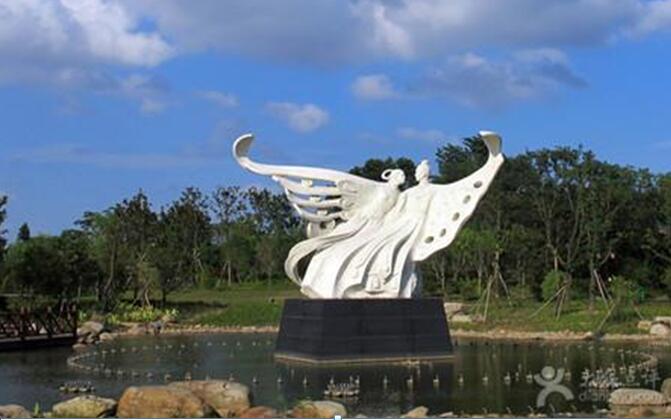
(6)天童寺、阿育王寺
天童寺,位于宁波市东25公里的太白山麓,始建于西晋永康元年(300年),佛教禅宗五大名刹之一,号称“东南佛国”。
阿育王寺,位于宁波市鄞州区五乡镇宝幢太白山麓华顶峰下,始建于西晋武帝太康三年(公元282年),已历经1700多年历史。
天童寺,位于宁波市东25公里的太白山麓,始建于西晋永康元年(300年),佛教禅宗五大名刹之一,号称“东南佛国”。
阿育王寺,位于宁波市鄞州区五乡镇宝幢太白山麓华顶峰下,始建于西晋武帝太康三年(公元282年),已历经1700多年历史。
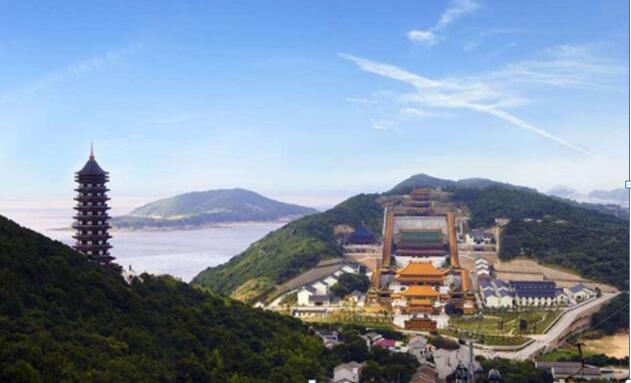
译文:
Content Display of Special Study Tour on Ningbo U3A
i Tianyige Museum
Tianyige Museum, as Ningbo’s visiting card and announced as one of the national Key Cultural Relics Protection Units by the State Council in 1982, is a national AAAA tourist attraction at present.
Tianyige was established in the Ming Dynasty and has more than 430 years’ history. It is a comprehensive museum characterized by book collection culture and integration of social history and art, and is the earliest extant private library in China, the oldest library in Asia as well as one of the first three family libraries in the world.
ii Siming Mountain Revolutionary Base
“One inch of river is one inch of blood, one inch of land is one inch of gold." Siming Mountain Revolutionary Base located in the western part of Ningbo City, Zhejiang Province, is one of the 19 revolutionary bases in China and also one of the seven guerrilla regions in the south of the country. During the anti-Japanese war, the people here defended the dignity of the Chinese nation with their blood and lives.
In order to commemorate more than 800 martyrs sacrificed their lives in marching into Liangnong with the East Zhejiang guerrilla force of New Fourth Army in 1943, Siming Mountain Martyrs Cemetery and Revolutionary Martyrs Monument were constructed by the government's instructions in November 1973. The monument built on a hill is 18.5 meters’ high and in front of it are 219 steps in five levels. Looking up, the monument is imposingly towering clouds.
iii Zhenhai Zhaobao Mountain Scenic Area
Zhaobao Mountain Scenic Area located in the northeast corner of Zhenhai, Ningbo is near Yongjiang River in south and the East China Sea in north, facing Jinji Mountain across the river. It is a place contested by all military experts for its very dangerous geographical position and is known as “Jade Gate in East Zhejiang”.
Zhaobao Mountain Scenic Area has a thousand years of cultural accumulation and is a national tourism scenic area collected the natural landscape of the sea and sky, profound coastal defense culture and a long history of Buddhist culture and is listed in one of the Ten Ningbo Scenic Areas.
iv Xikou Xuedou
Mountain Scenic Area (hometown of Chiang Kai-shek and his son)
Xikou, as the hometown of two historical figures in modern China Chiang Kai-shek and his son Chiang Ching-kuo, has a special historical status and has attracted attention of people both at home and abroad.
Here is surrounded by green mountains and traversed by Shanxi River with the beauty of the rivers and mountains in full of peaceful and quiet scenery. Su Shi, one of the Eight Great Writers of Tang and Song Dynasties composed a poem and praised “The temple is closed even to noble minds and good sentences contend the winds of Xuedou Mountain”. And Zhang Qiyun, a famous modern geographer said Xuedou Mountain “combines the magnificence of Tiantai Mountain, the peculiar and beauty of Yandang Mountain and the verdant freshness of Tianmu Mountain”.
v Liangzhu Cultural Garden
Butterfly Lovers is one of China's famous four folk love legends, and the violin concerto Butterfly Lovers made this story popular all over the world.
Liang Shanbo Temple with horns is composed of a gateway, a main hall and a rear hall. Inside the temple is molded Liang Shanbo’s sitting statue that is in ancient scholar’s hat and costume and in high spirit. On the right is Zhu Yingtai’s sitting statue that is in a chaplet and official robes and in Jiangnan women’s quiet demeanor. The rear hall is Liang Shanbo and Zhu Yingtai’s dormitory with a bed made of Zhumu (a kind of tree adored in ancient times). Behind the dormitory is their cemetery in double tombs and double tombstones, which is called “butterfly tombs”.
vi Tiantong Temple and Ashoka Temple
Tiantong Temple located at the foot of Taibai Mountain--a mountain 25 km from east of Ningbo and first built in the first year of Yongkang in the Western Jin Dynasty (300AD) is one of the five famous Buddhist temples of Zen Buddhism and is called “Southeastern State of Buddhism”.
Ashoka Temple located under Huading Peak and on the foot of Taibai Mountain in Baozhuang, Wuxiang Town, Yinzhou District, Ningbo City was first built in the third year of Taikang, the reign title of Emperor Wu of the Western Dynasty (282 AD) and has been through more than 1,700 years of history.






